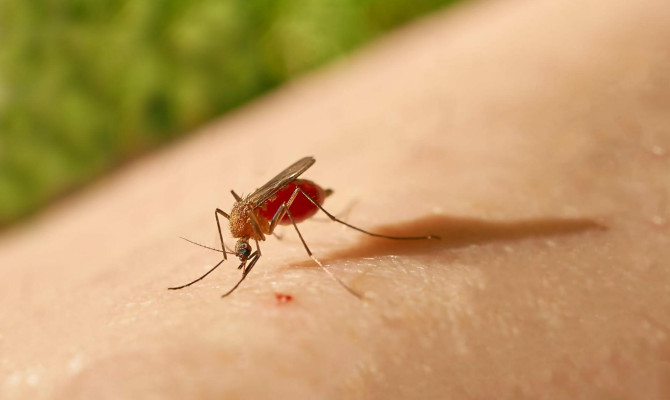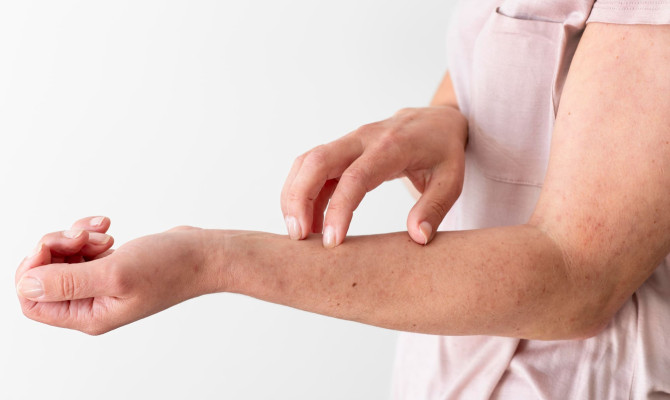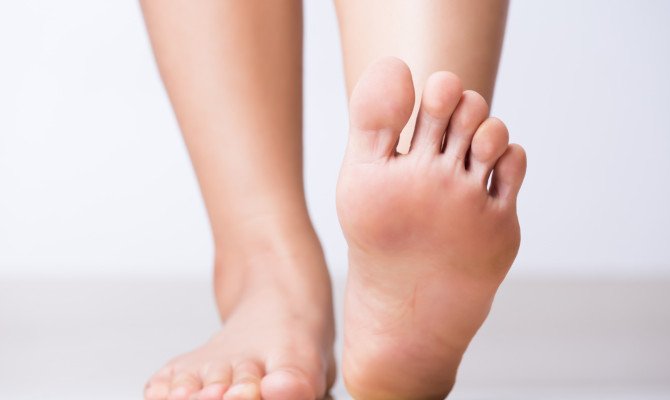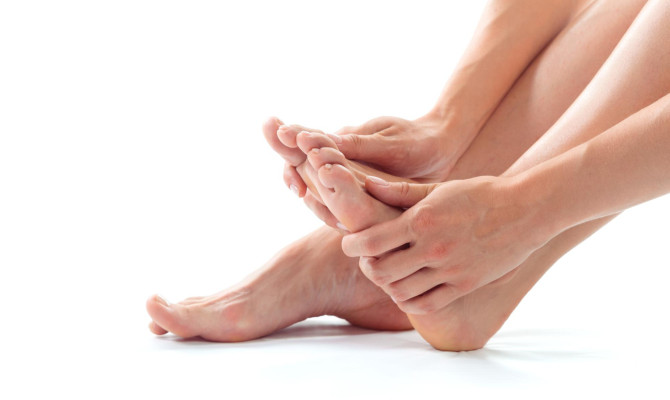Eczema: Understanding and Management

- Eczema
- 16 Aug 2023
Overview
What is eczema ?
Eczema, medically referred to as atopic dermatitis, is a chronic inflammatory skin condition that presents with symptoms such as dryness, itching, redness, and scaly patches on the skin. While eczema can manifest in individuals of all age groups, it usually originates during infancy or childhood. Eczema can significantly affect an individual’s quality of life, underscoring the significance of timely diagnosis and effective management to mitigate symptoms and prevent potential complications.1Overview | Researched based study from Nlm.nih.gov

Prevalence
Prevalence of eczema
- According to the Global Burden of Disease study conducted in 2022, approximately 223 million individuals are affected by atopic dermatitis worldwide. Among these, around 43 million are aged between 1 to 4 years old, highlighting the notably high prevalence of this condition in young children.
- These numbers indicate the significant impact of atopic dermatitis on global health and emphasize the need for effective prevention and treatment strategies, particularly for children.
- While atopic dermatitis is a chronic skin condition, some children may eventually outgrow it and cease to experience symptoms. However, for a significant number of children, the condition may persist into adulthood and continue throughout their life. Therefore, although some individuals may no longer suffer from atopic dermatitis at a certain point in their life, for others, it can persist for the duration of their lifespan.2Prevalence | Researched based study from eczemacouncil.org
Symptoms
Common symptoms of eczema
- Intensely pruritic rash with erythematous papules and excoriations
- Thickening of the skin and lichenification due to scratching or rubbing
- In infants, eczema often presents as dry, scaly, and red patches distributed across the body, accompanied by small scratches.
- School-aged children and adults commonly experience eczema on flexural surfaces like the inner elbows and behind the knees.
- Dennie-Morgan lines, which are lines or folds on the face, can be a characteristic feature of eczema.
- Hypopigmented patches or fine-scaling plaques are commonly seen on the face
- Hyperlinear palms3Symptoms | Researched based study from Nlm.nih.gov
- A discharge of liquid from the skin .
- Experiencing a feverish sensation accompanied by chills and a sense of illness.
- The skin swells and becomes painful4Symptoms | Researched based study from Nhs.uk
Types
Types of eczema
Eczema is classified into seven main types, which can sometimes overlap in terms of symptoms, causes, and treatments.
Atopic dermatitis
- It can affect any part of the body, and in severe cases, it can weaken the immune system.
Stasis dermatitis
- This condition, referred to as gravitational dermatitis, venous eczema, or venous stasis dermatitis, arises from impaired circulation in the legs and can result in symptoms such as pruritus, dryness, and discolored patches on the skin of the legs.5Types | Researched based study from nationaleczema.org
Contact dermatitis
- It occurs when the skin becomes inflamed or irritated due to contact with an environmental trigger.
Nummular eczema
- This type, also known as discoid eczema and nummular dermatitis, is identified by scattered circular patches on the skin that can be dry, sensitive, and oozing.
Dyshidrotic eczema
- This particular type of eczema is marked by the presence of small blisters on the hands, feet, and margins of the fingers and toes.
- It is more prevalent in males than females, though the underlying cause remains unknown.
Seborrheic dermatitis
- It commonly affects the scalp, causing constant itching, rashes, and other symptoms.5Types | Researched based study from nationaleczema.org
- Shampoos can be employed as a treatment option for managing this condition.
Neurodermatitis
- This condition impacts approximately 12% of the population and is distinguished by severe pruritus, resulting in visible skin lines, scaling, and discoloration.
- These manifestations are particularly prominent on the feet, ankles, hands, wrists, elbows, shoulders, neck, and scalp.5Types | Researched based study from nationaleczema.org
Causes
Causes of eczema
Genetics
- Eczema has a hereditary aspect. One gene in particular, Filaggrin, is crucial for skin cell maturity and has a common mutation that has been observed in patients with eczema.
- Filaggrin is responsible for producing the strong, flat corneocytes that make up the outermost layer of skin.
- In a patient with normal skin, the corneocytes are organized and tightly packed.
- In a patient with the mutation, the skin cells are disorganized and result in a dysfunctional skin barrier that allows water loss and reduced protection from harmful substances.
- Individuals with eczema exhibit reduced levels of beta-defensins in their skin. These peptides are important for defending against certain bacteria, viruses, and fungi, and a decrease in them can lead to an increase in colonization and infection, especially with Staphylococcus aureus.3Causes | Researched based study from Nlm.nih.gov
Environmental factors
Eczema can be influenced by environmental factors. The following environmental factors can trigger or worsen eczema 6Causes | Researched based study from wnyurology.com
- Substances or materials that can cause irritation or inflammation on the skin
- Fabrics made of wool or synthetic materials
- Detergents can be common triggers or aggravators of eczema
- Cosmetic products or perfumes that contain fragrances, preservatives, and other ingredients that can irritate the skin and potentially trigger eczema symptoms
- Chlorine and dust
- Extreme temperature or climate conditions, such as hot or cold temperatures, or dry or highly humid air
Other medical conditions
- Individuals with a familial background of allergic disorders, such as atopic dermatitis, asthma, and hay fever, are at an increased risk of developing atopic dermatitis.
- It is also essential to moisturize the skin after bathing to prevent eczema flare-ups.
- Certain allergens such as plant pollen, animal dander, household dust mites, molds, and certain foods can trigger eczema symptoms.6Causes | Researched based study from wnyurology.com
Complications
Complications associated with eczema
Individuals with eczema have a higher risk of bacterial and viral infections due to a compromised skin barrier.
Staphylococcus aureus
- A common bacterium that causes impetigo, which thrives on eczema-affected skin. It causes blisters that are inflamed, weep, and form crusts. Treatment includes antiseptic creams and antibiotics.
Herpes simplex virus
- This virus can infect eczema-affected skin, leading to cold sores that can easily spread to other areas.
Warts
- These are small, raised lumps caused by viral infections that may clear up on their own, but it can take up to 12 months.7Complications| Researched based study from Betterhealth.vic.gov.au
Diagnosis
How to diagnose eczema ?
Eczema does not have specific diagnostic tests available. Diagnosis of eczema relies on a patient’s medical history and clinical manifestations, and several diagnostic criteria are available for healthcare providers to evaluate and confirm the condition.
The criteria for diagnosis include the following:
- The manifestation of pruritus (itchiness) on the skin.
- For older children and adults, minor criteria for diagnosing eczema encompass a history of pruritus in skin folds, personal history of asthma or allergic rhinitis, general dry skin within the past year, observable flexural dermatitis, and symptom onset before the age of 2 years.
- For children below the age of 4 years, minor criteria consist of pruritus history on the cheeks, first-degree relative with atopic disease history, and eczematous involvement of the forehead, cheeks, and outer limbs.8Diagnosis | Researched based study from Biomedcentral.com
Treatment

Treatment strategies for eczema
The goal of treating atopic dermatitis is to decrease the number of disease flares and minimize their duration and severity.
Various types of medications and therapies are
Emollients
- An essential part of managing this condition is the use of emollients, which should be applied frequently throughout the day.
- Emollients are crucial because they can increase the skin’s hydration by reducing evaporation and acting as a barrier.
- For extremely dry skin, it is recommended to use thick creams or ointments with high-fat content, while creams and lotions with higher water content are suitable for mild eczema.9Treatment | Researched based study from Researchgate.net
Topical corticosteroids
- Topical corticosteroids are the mainstay of treatment for moderate to severe atopic dermatitis in both pediatric and adult populations.
- Corticosteroids for the treatment of atopic dermatitis are categorized into four groups based on their potency, which include mild, moderate, strong, and severely strong formulations.
- Mild and moderate corticosteroids are best suited for treating eczema in areas where the skin is thin, such as the face, groin, armpits, and anogenital region, and should be used for children.
- In adults, strong corticosteroids are often prescribed for the treatment of eczema affecting areas of the body other than the face, as per clinical recommendations.
- Hydrocortisones are mild corticosteroids, hydrocortison-17-butyrates and clobetason-17-butyrates are moderate corticosteroids, strong corticosteroids include betamethason-17-valerates, fluticasone propionates, betamethasone, mometasonfuroates, etc., and very strong preparations contain Clobetasol propionates.9Treatment | Researched based study from Researchgate.net
Pimecrolimus cream and tacrolimus ointment
- Newer formulations of topical calcineurin inhibitors, such as pimecrolimus cream and tacrolimus ointment, can be used for both short-term management of acute flares and long-term maintenance therapy of atopic dermatitis.9Treatment | Researched based study from Researchgate.net
- Unlike corticosteroids, which can cause side effects like skin thinning, topical calcineurin inhibitors do not typically cause such adverse effects.
Phototherapy
- The use of UV light can be beneficial in treating widespread eczema, particularly for adults with difficult-to-treat atopic dermatitis.
- Narrowband UVB light may be suggested for adults with persistent eczema, whereas broadband UVA light or a combination of UVA light and the photosensitizer psoralene may be used to treat severe instances.
- Phototherapy, in combination with topical corticosteroids, can effectively clear challenging cases of atopic dermatitis within 1-2 months of treatment, usually administered three to five times a week.
- However, it is crucial to exercise caution when prescribing phototherapy due to potential risks, such as premature aging of the skin and increased long-term risk of skin cancer.
Systemic Immunosuppressants
- For severe, widespread acute flares of atopic dermatitis, a short-term tapered course of oral corticosteroids is recommended, along with topical corticosteroids.
- Because Staphylococcus infections often trigger these flares, simultaneous prescription of oral antibiotics is advised.
- Oral corticosteroids are not recommended for continued long-term treatment of atopic dermatitis due to the associated risk of side effects. Instead, a second immunosuppressant drug, such as azathioprine, methotrexate, or cyclosporine A, should be introduced while tapering the oral corticosteroids for severe, chronic, relapsing atopic dermatitis.
Treatments such as phototherapy or systemic corticosteroids should be administered in specialized clinics or preferably under the supervision of hospital dermatology departments.9Treatment | Researched based study from Researchgate.net
Prevention
Self-care tips to prevent eczema flare-ups
- Moisturize the skin daily
- Avoid moisturizers containing chemicals that may cause eczema
- Stay away from triggers
- Avoid using soap or bubble baths that may dry or damage the skin
- Ensure baths and showers are not too hot
- Rinse off chlorine immediately after swimming
- Avoid overheating
- Refrain from wearing woolen fabrics directly on the skin 10Prevention| Researched based study from Healthdirect.gov.au
Prognosis
Prognosis of eczema
- In general, the prognosis for AD patients is good, as most children tend to outgrow the condition by the time they reach early adolescence.
- However, individuals with severe, extensive disease and other atopic conditions like asthma and allergic rhinitis are more likely to have a worse prognosis.8Prognosis | Researched based study from Biomedcentral.com
Any feedback on this article?
 This Articles content was accurate
This Articles content was accurate Very Informative Article
Very Informative Article I have a question or a comment
I have a question or a comment
 This article contains inaccurate content
This article contains inaccurate content This article was not helpful
This article was not helpful I have a question or a comment
I have a question or a comment
We appreciate your helpful feedback!
Checkout our social pages
References
-
National Library of Medicine
Atopic dermatitis in diverse racial and ethnic groups-Variations in epidemiology, genetics, clinical presentation and treatment | Overview
-
International Eczema Council
Global Report on Atopic Dermatitis 2022 | Prevalence
-
National Library of Medicine
Eczema | Symptoms | Causes
-
National Health Service
Atopic eczema | Symptoms
-
National Eczema Association
What is Eczema? | Types
-
Western New York Urology Associates
Risk Factors for Eczema | Causes
-
Better Health Channel
Eczema (atopic dermatitis) | Complications
-
BioMed Central Ltd
Atopic dermatitis | Diagnosis | Prognosis
-
Research Gate
Atopic Dermatitis: Natural History, Diagnosis, and Treatment | Treatment
-
Healthdirect
Eczema | Prevention






































